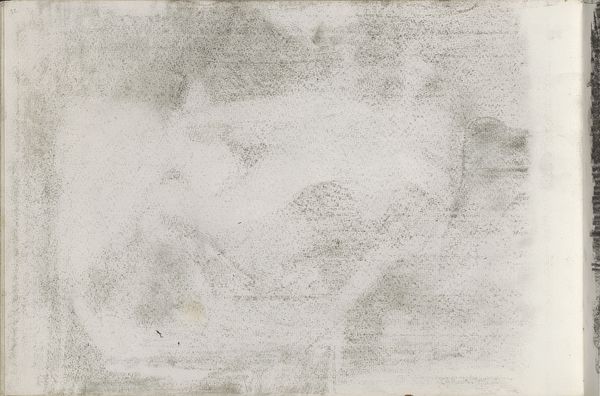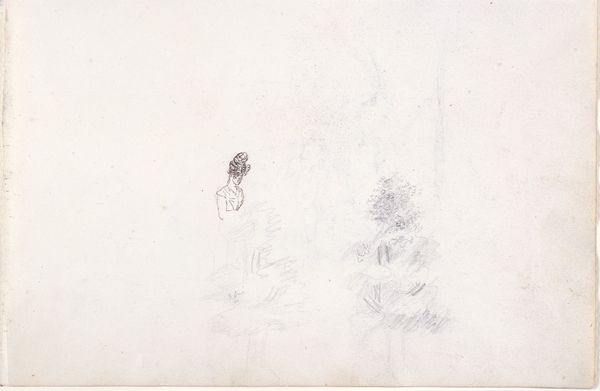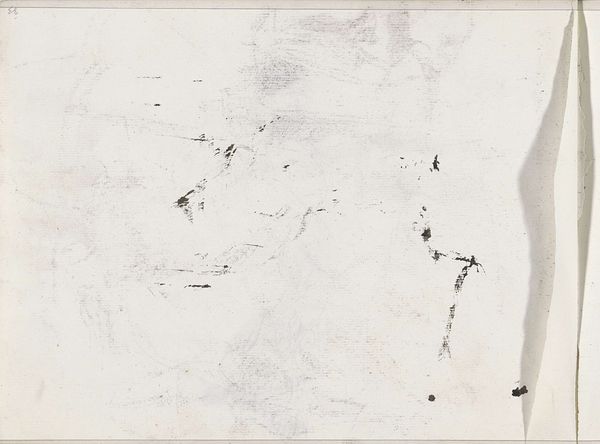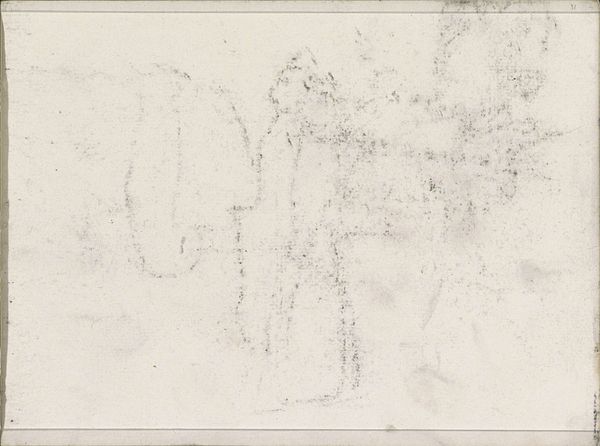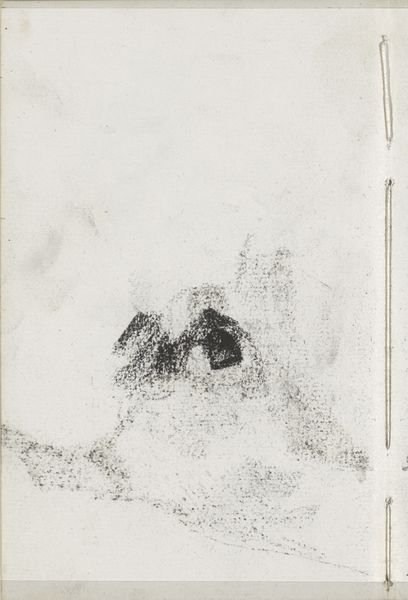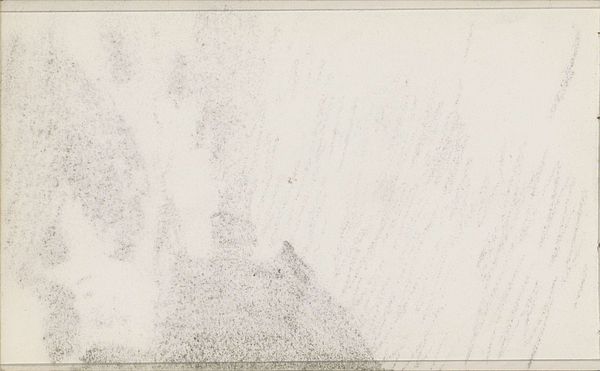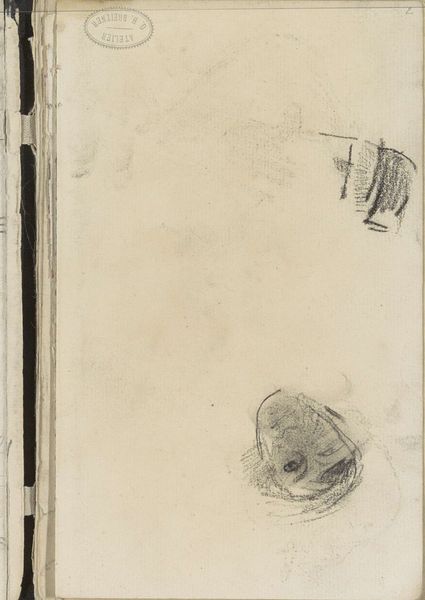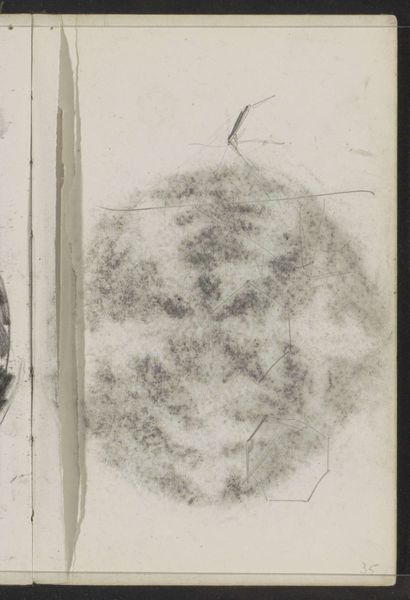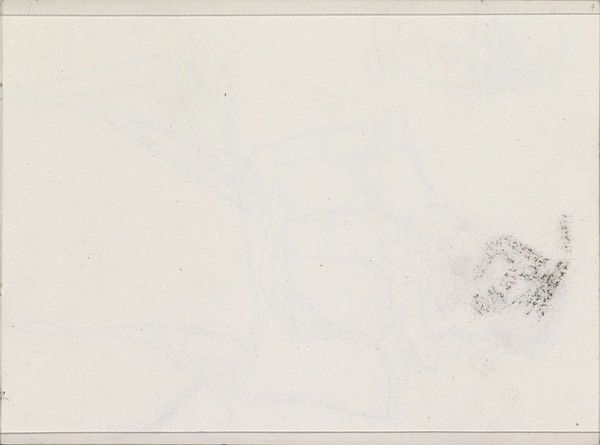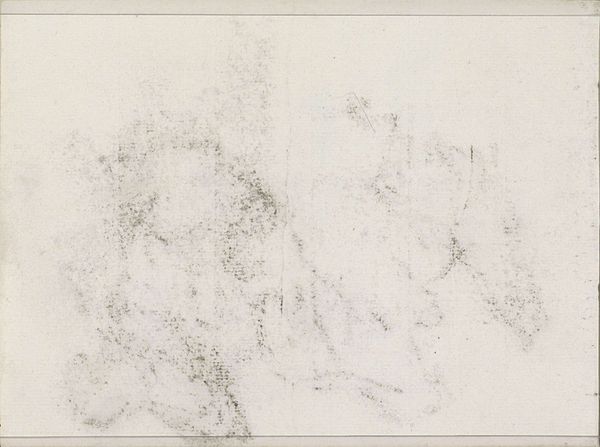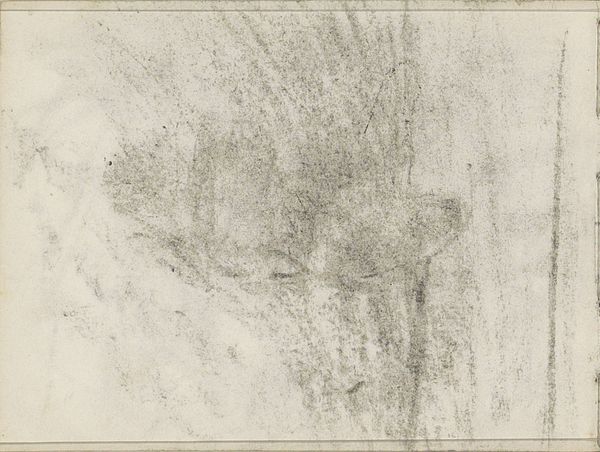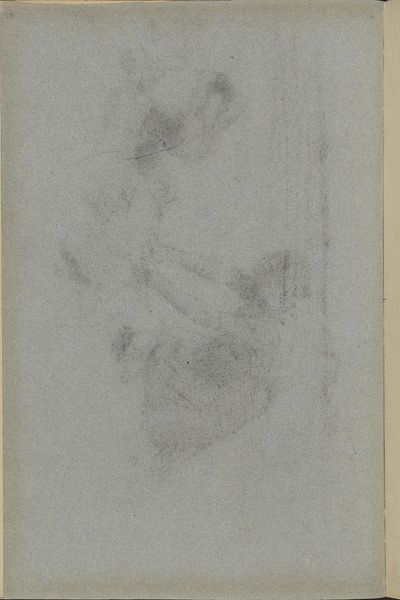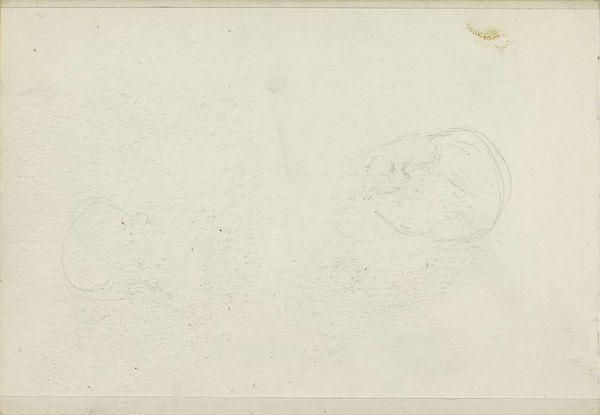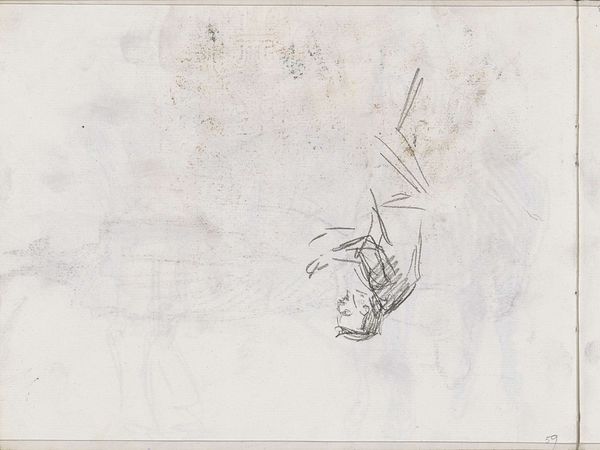
Copyright: Rijks Museum: Open Domain
This is a pencil drawing by Isaac Israels called “Vrouwenhoofd, in profiel”, or “Woman’s Head, in profile”. The woman's downcast gaze is a motif we see echoed through art history, from ancient Roman portraiture to Renaissance depictions of the Virgin Mary. The profile view itself is potent. In antiquity, it was often employed to convey nobility and status, particularly on coins and medals, imbuing the subject with a sense of classical virtue and timelessness. This rigid form, offering only a partial view, can be found in the Renaissance, where artists like Botticelli used it to evoke a sense of detachment and idealized beauty. The averted gaze adds another layer, suggesting introspection or melancholy, qualities often associated with feminine virtue and vulnerability. Why do these conventions persist? Perhaps they tap into a collective memory, a subconscious understanding of power, beauty, and the human condition. These symbols and gestures are not static but evolve through time, revealing our ongoing dialogue with the past.
Comments
No comments
Be the first to comment and join the conversation on the ultimate creative platform.
